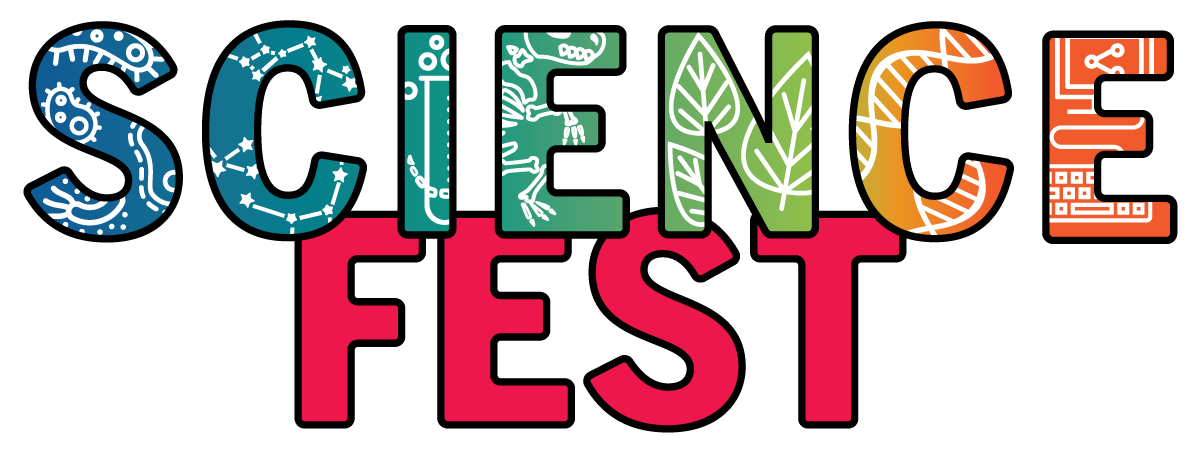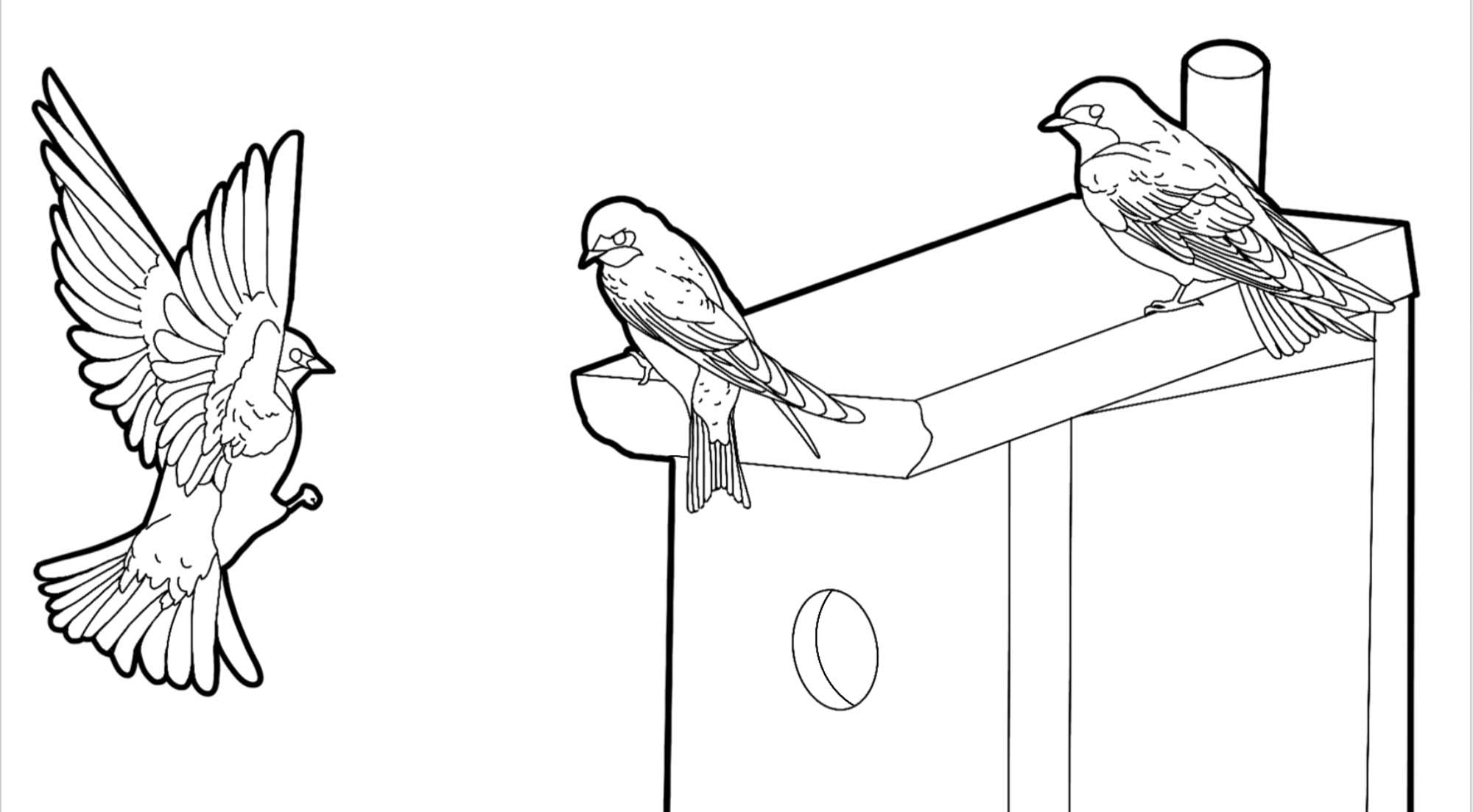
Indiana University
-
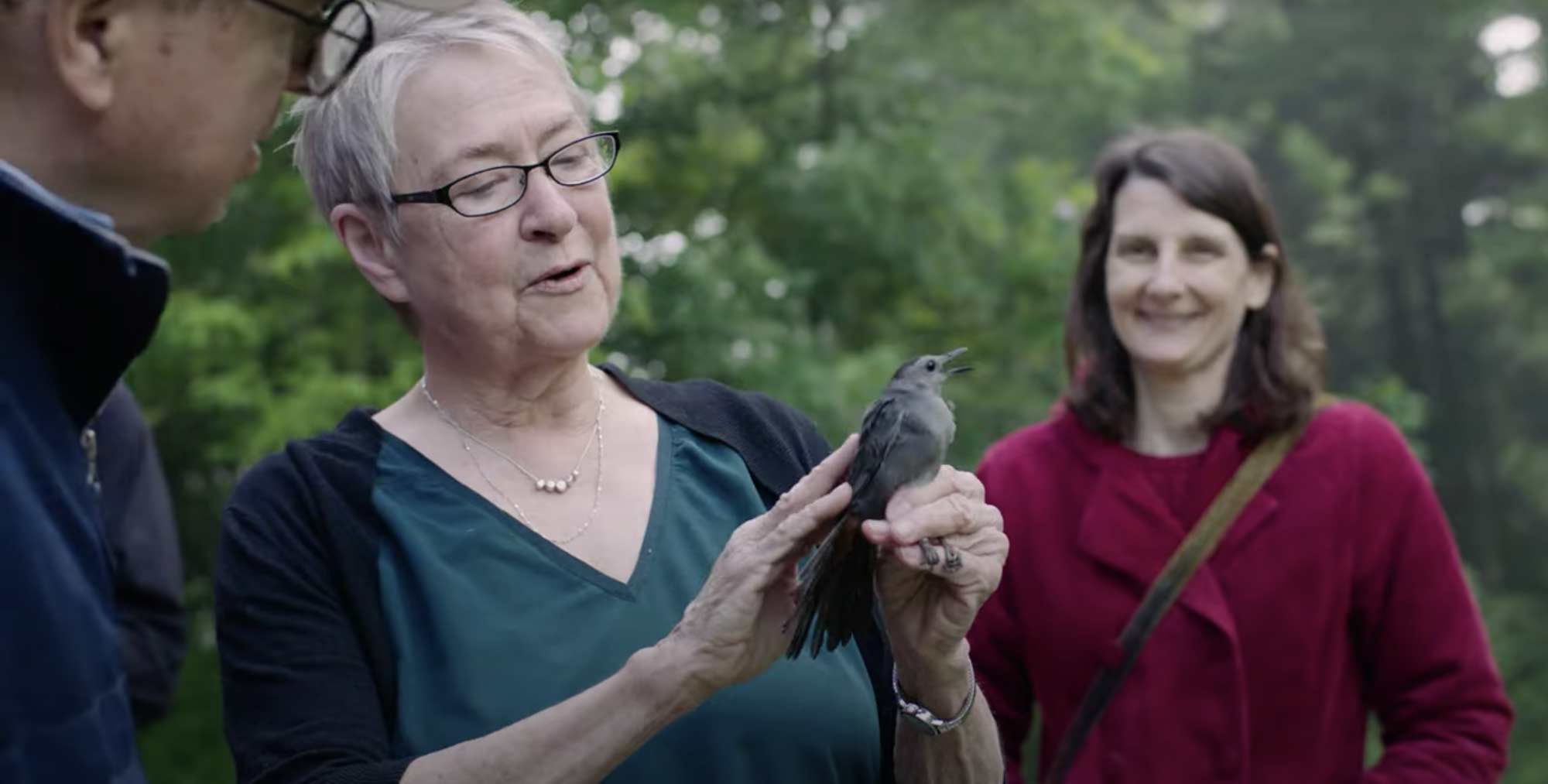
Migration Sensation
Enjoy the autumn bird migration with videos and activities from the Ketterson Lab!
-
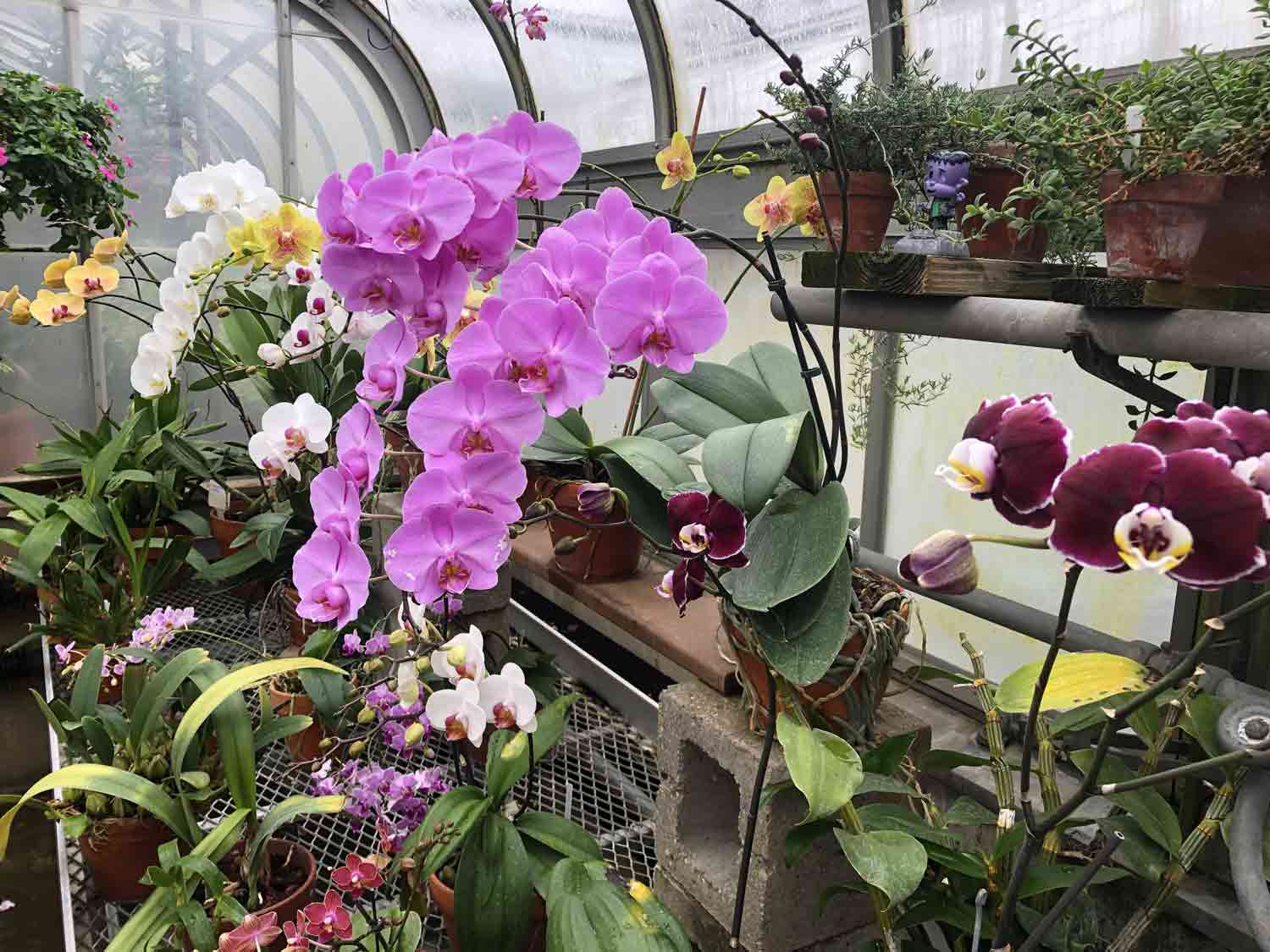
IU Greenhouse
Take a virtual tour of the beloved Biology Building Greenhouse on the Bloomington campus of Indiana University. Enjoy beautiful photographs and fun facts for some of our special plants as you virtually wander through the peaceful conservatory rooms.
-

The Wild Journey of a Bacterial Cell
Follow a bacterial cell in this amazing animated adventure by IU Biology professor & microbiologist Jake McKinlay, then color your own bacterial adventures.
-
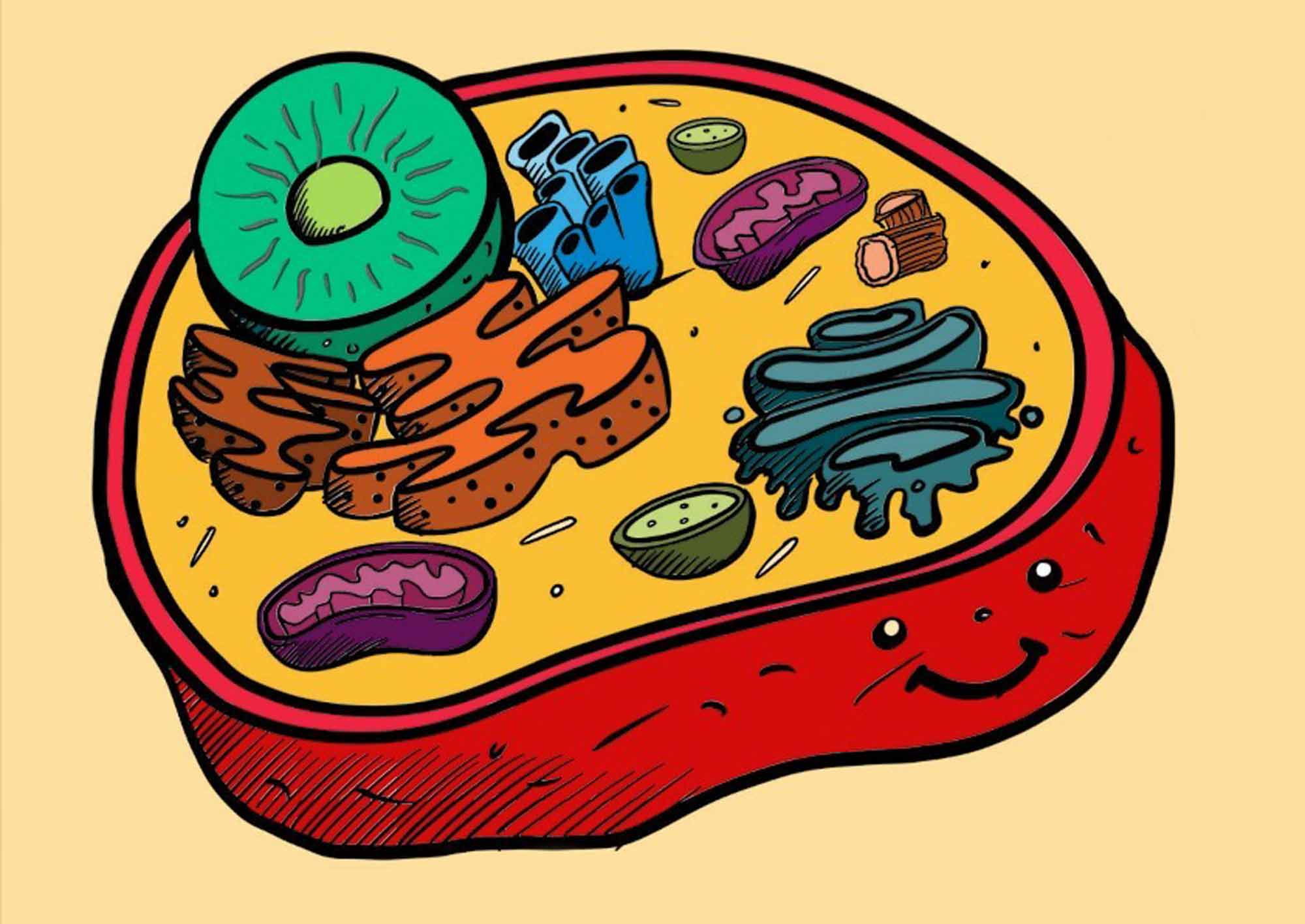
Biology Coloring Pages
These coloring pages pertain to biology subjects like photosynthesis, evolution and Darwin, wearing a mask to fight COVID-19, and the animal cell.
-
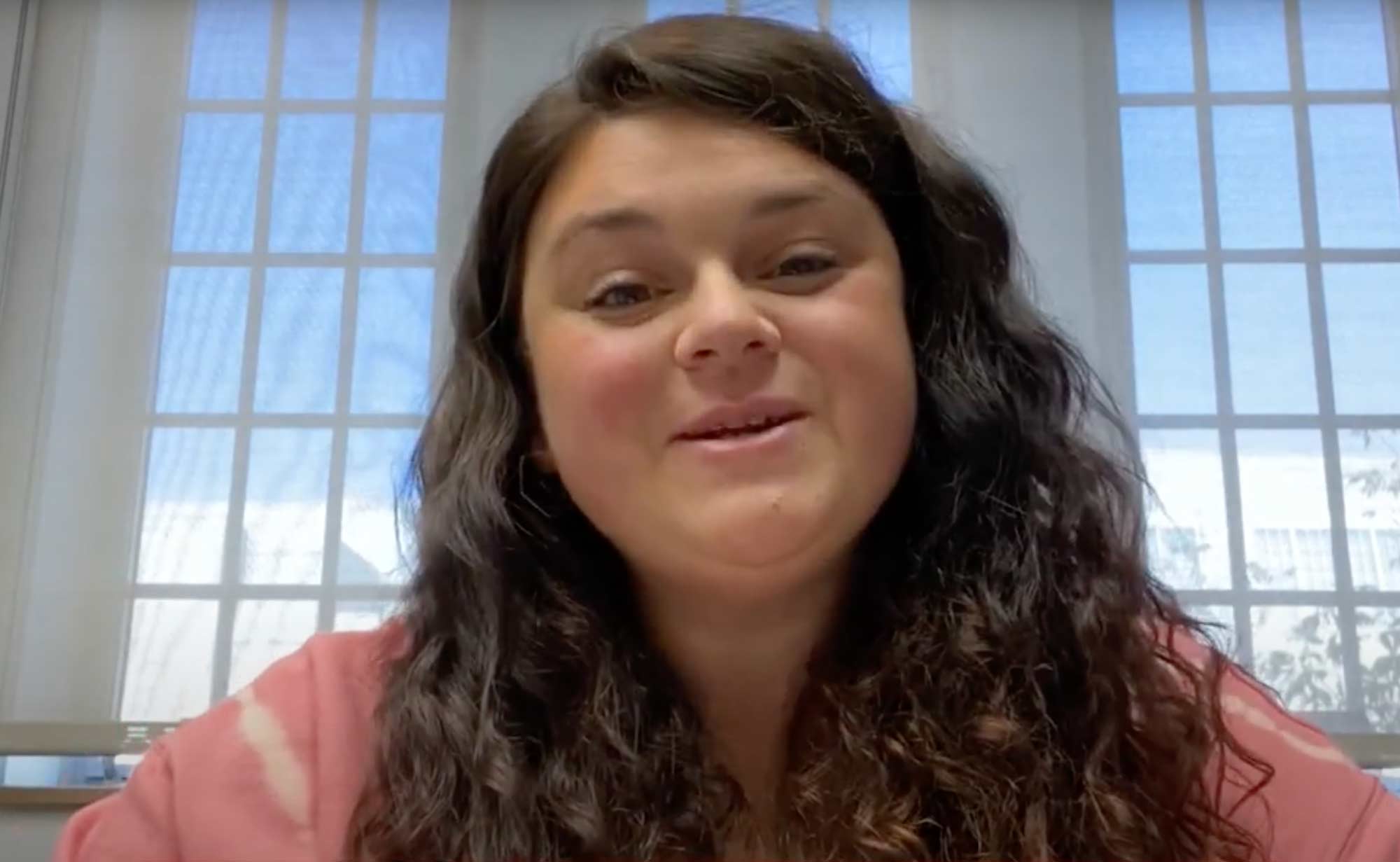
Plants Get Sick Too
Put yourself in the shoes of a plant pathologist and go on a mission to find “new plant pathogens” out in nature!
-
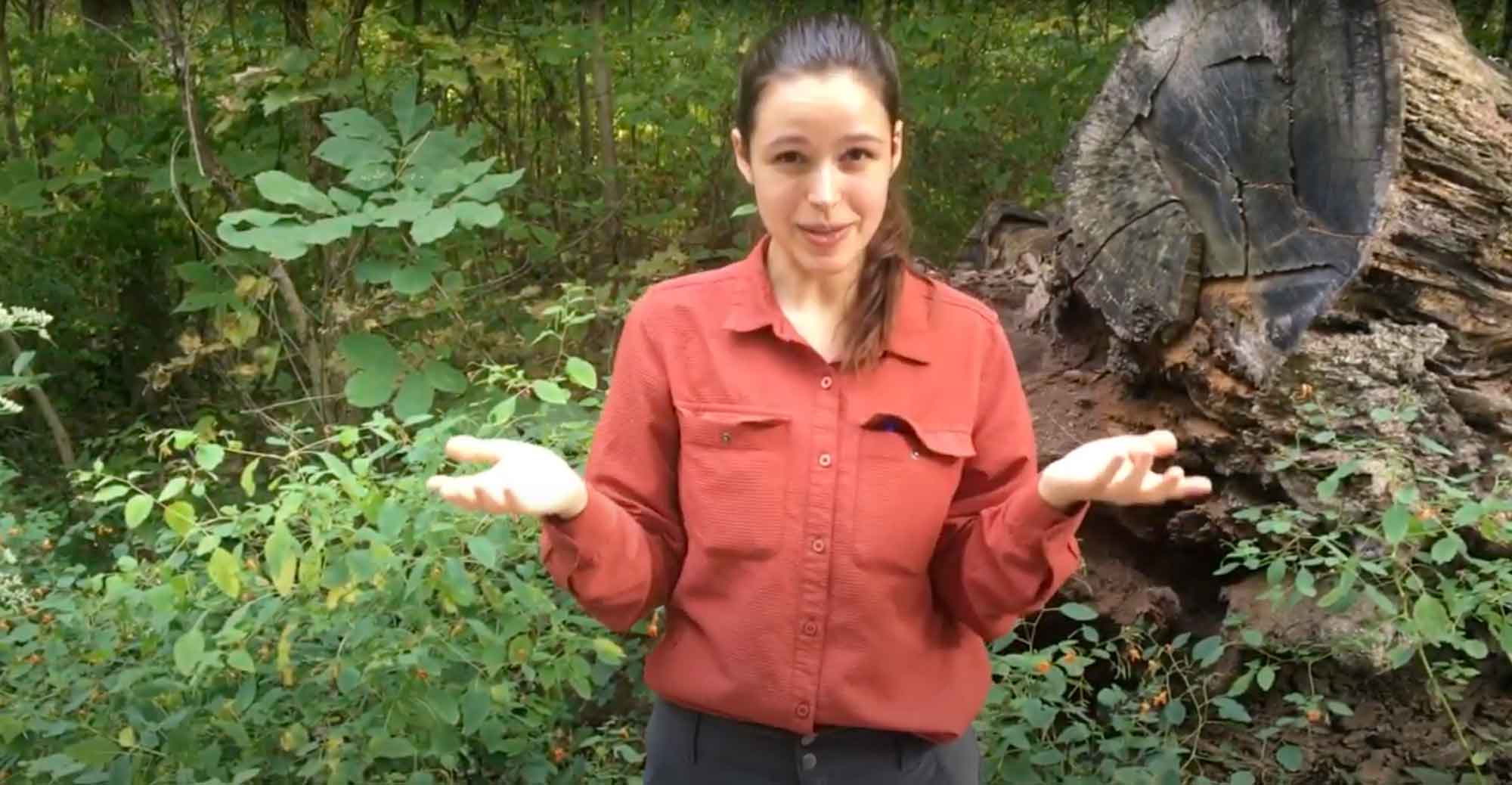
You’ve Got a Friend in Me: Plants and Their Microbial Partners
How do microbes on the surface of seeds affect plant growth? Find out with this hands-on experiment.
-

The Secret Language of Mice: How Does Isolation Change Communication?
Decoding the secret language of mice helps us understand how our communication changes after social isolation.
-
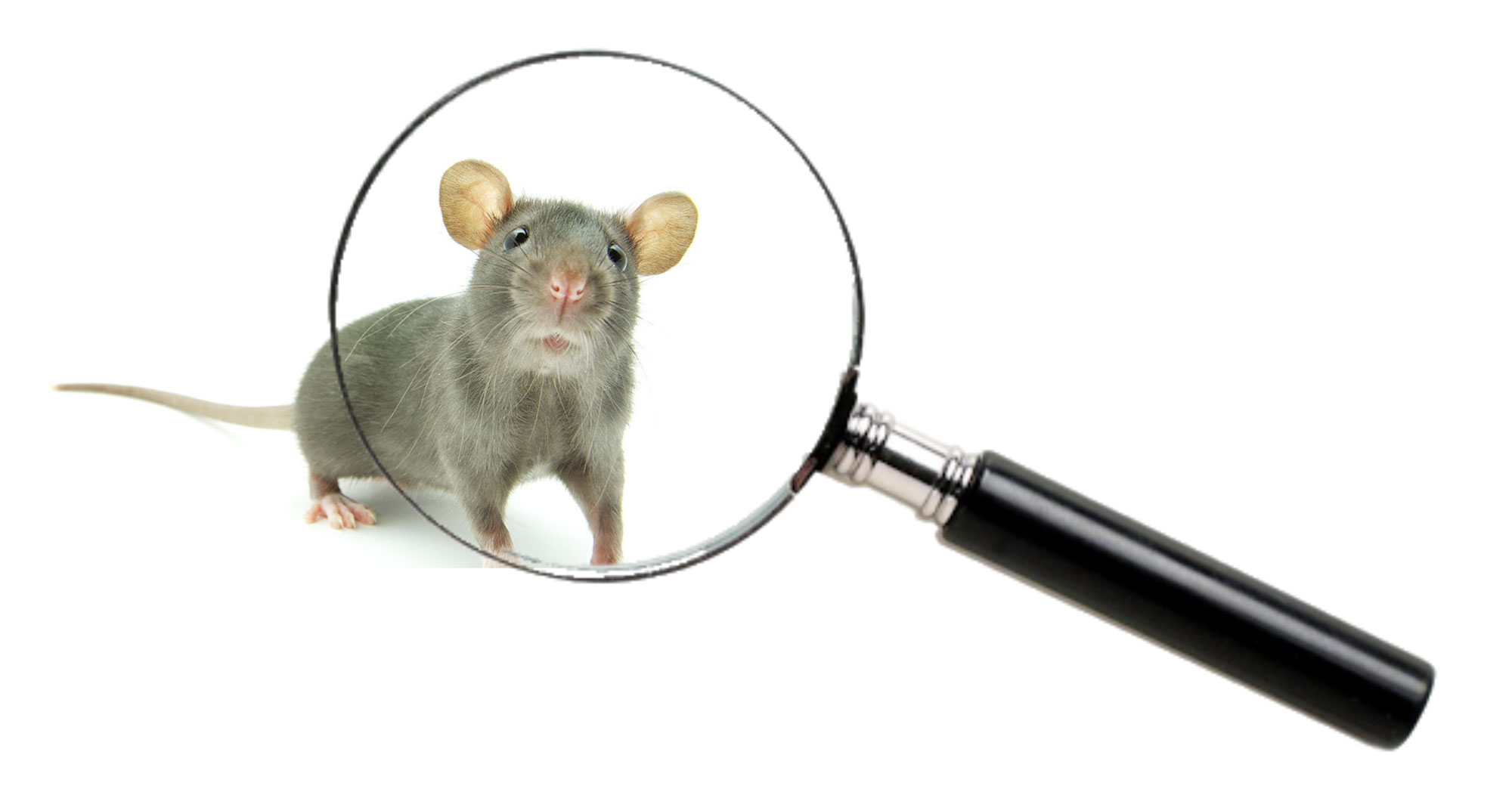
The Secret Language of Mice: How a Mouse Hears High Frequencies
Click through an interactive investigation to learn about the secret language of mice, and what our ears have to do with it.
-
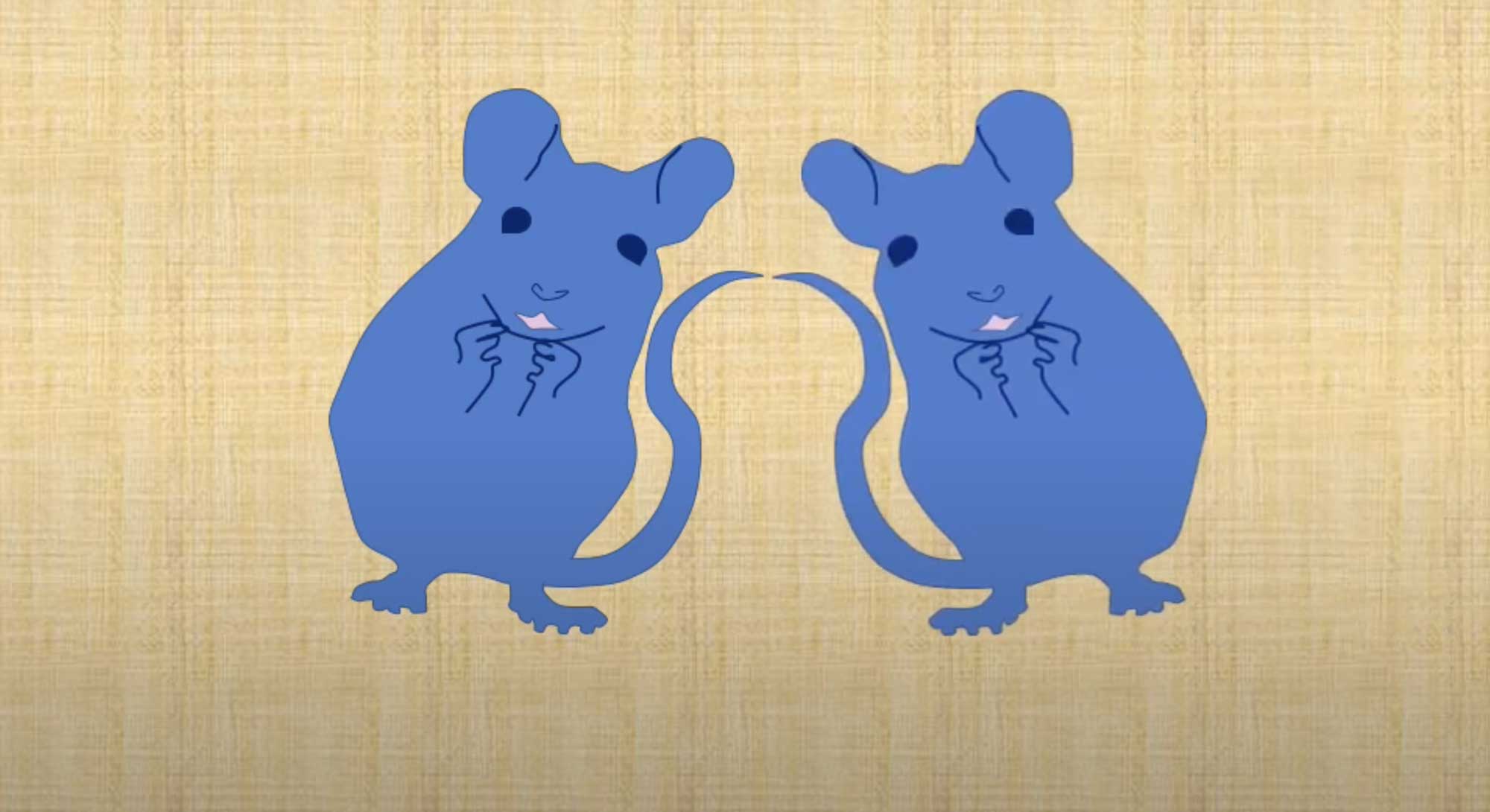
The Secret Language of Mice: An Introduction
Learn how mouse communication compares to human communication.
-

Friends Come in All Sizes
Read and color this short story to learn about the mutually beneficial relationship between small, soil-dwelling worms and their bacterial partners.
-
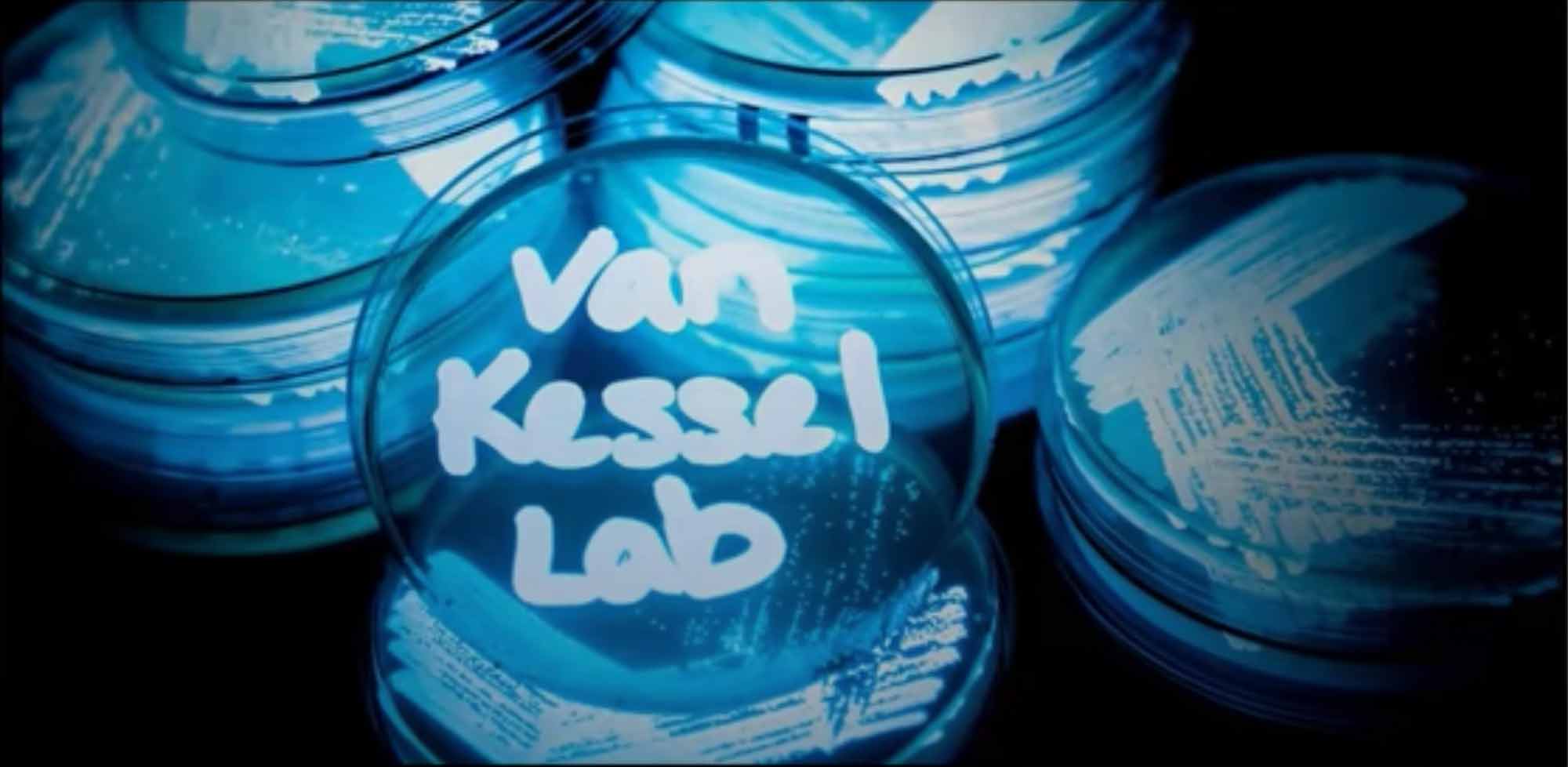
Illuminating Science: Quorum Sensing
Learn how bacteria communicate with each other to accomplish group behaviors.
-
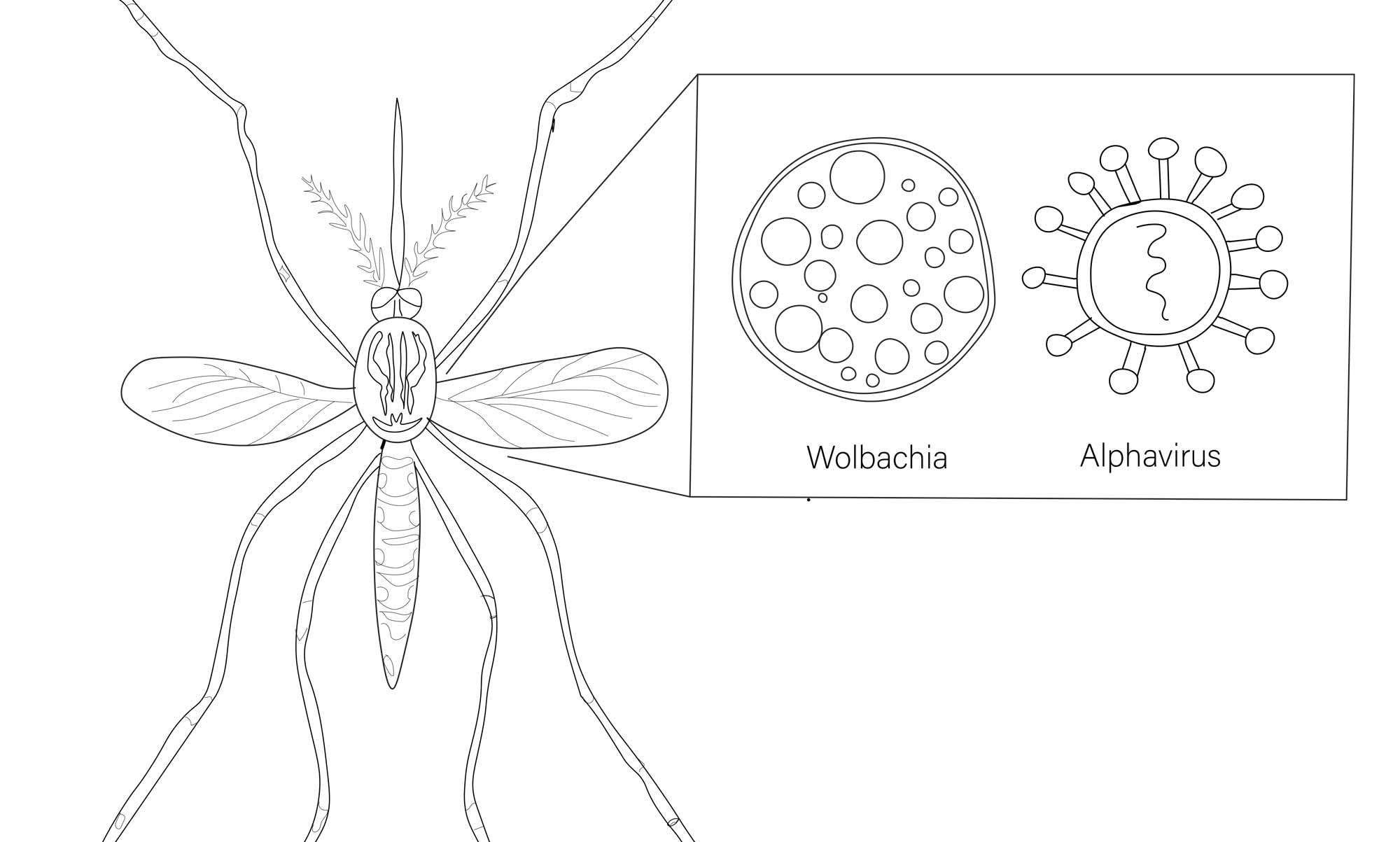
Microbiology Coloring Pages
Do you want to know more about Microbiology? Print out these coloring pages to explore Microbiology research at IU and learn fun facts!
-
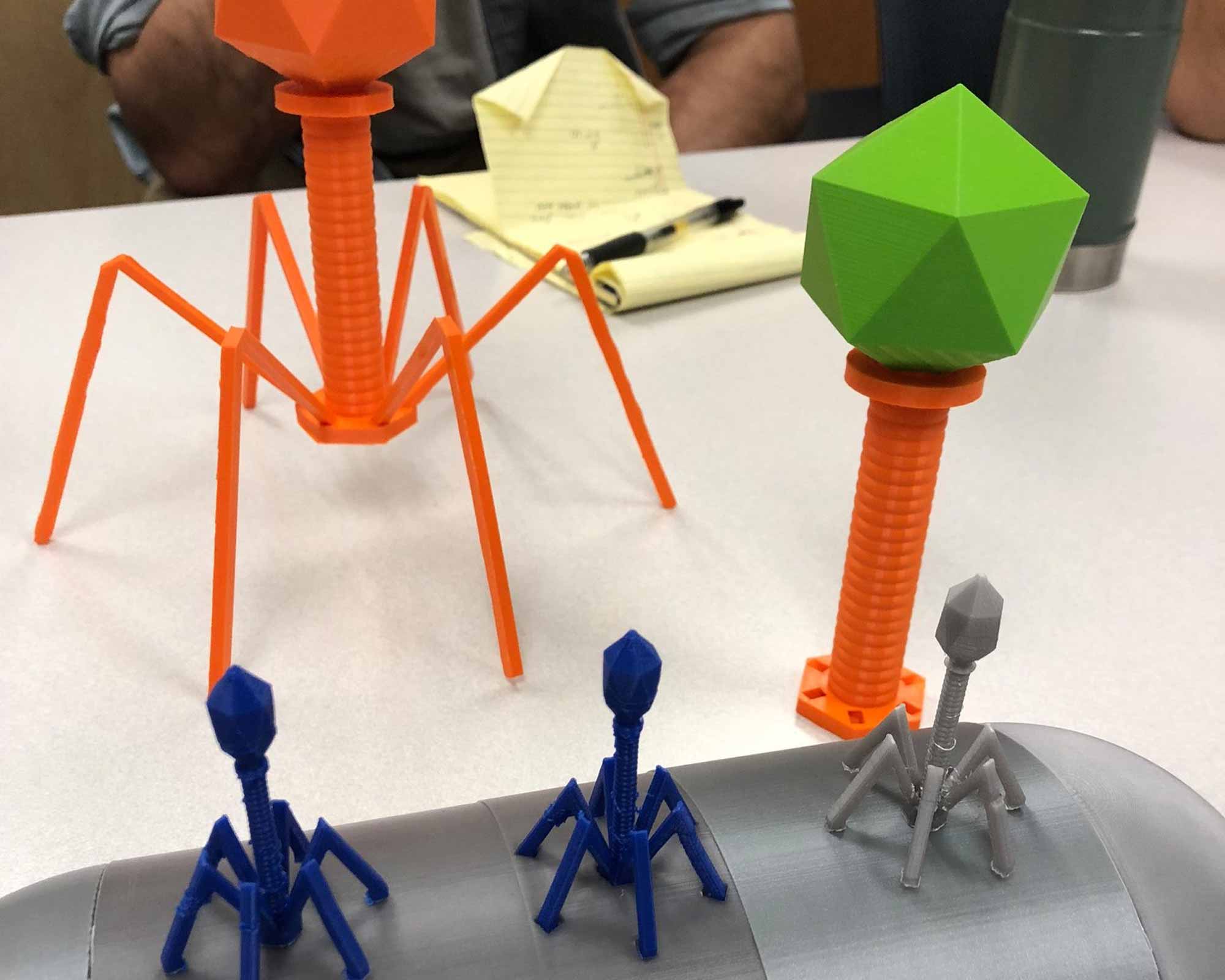
Bacterial Viruses
Make a paper model of a virus that makes bacteria sick. Learn about the differences between bacteria and viruses and the potential of using viruses to cure disease.
-

Bloomington Urban Woodlands Project
Learn about biodiversity, ecosystem services, and green infrastructure with BUWP.
-
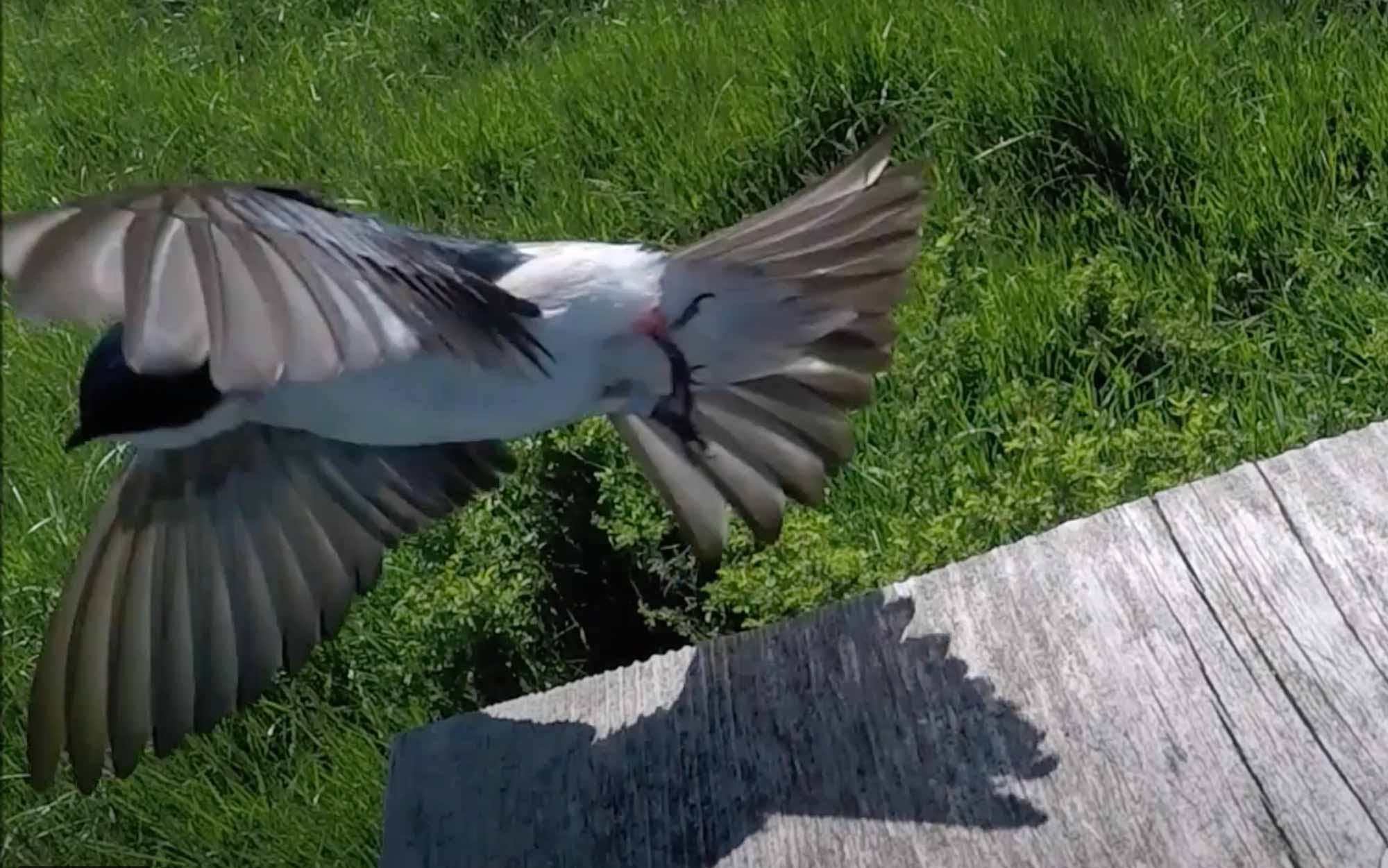
Exploring Behavior with Our Feathered Friends – Part 1
Watch up-close videos of tree swallows in action and follow along with activities that teach some of the techniques scientists use to help understand how and why animals do what they do.
-
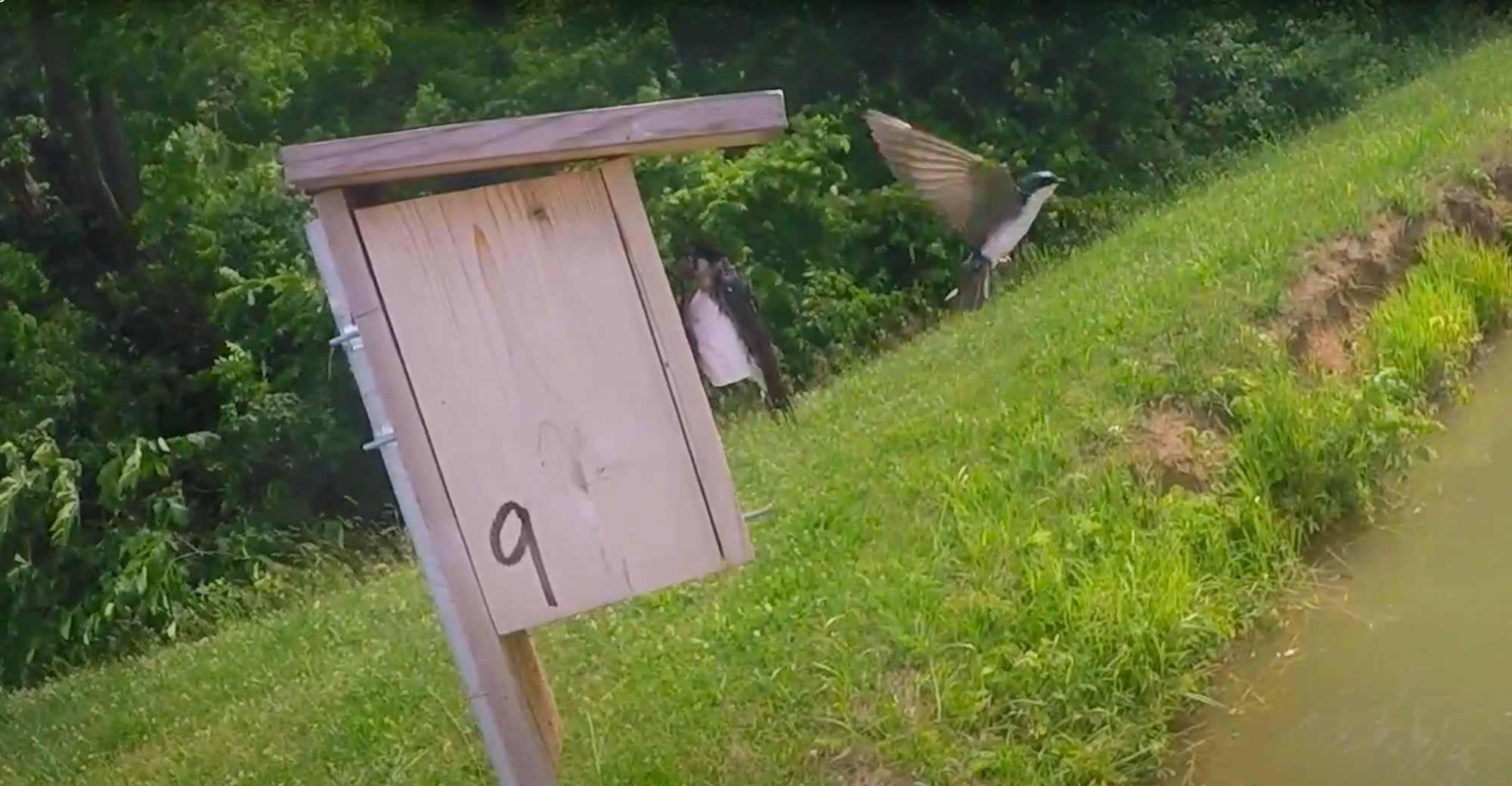
Exploring Behavior with Our Feathered Friends – Part 2
See a pair of tree swallows attacking a fake (decoy) tree swallow that’s been placed at the entrance to their nestbox. Scientists use these fake intrusions to measure aggressiveness in the territory-owning birds.
-
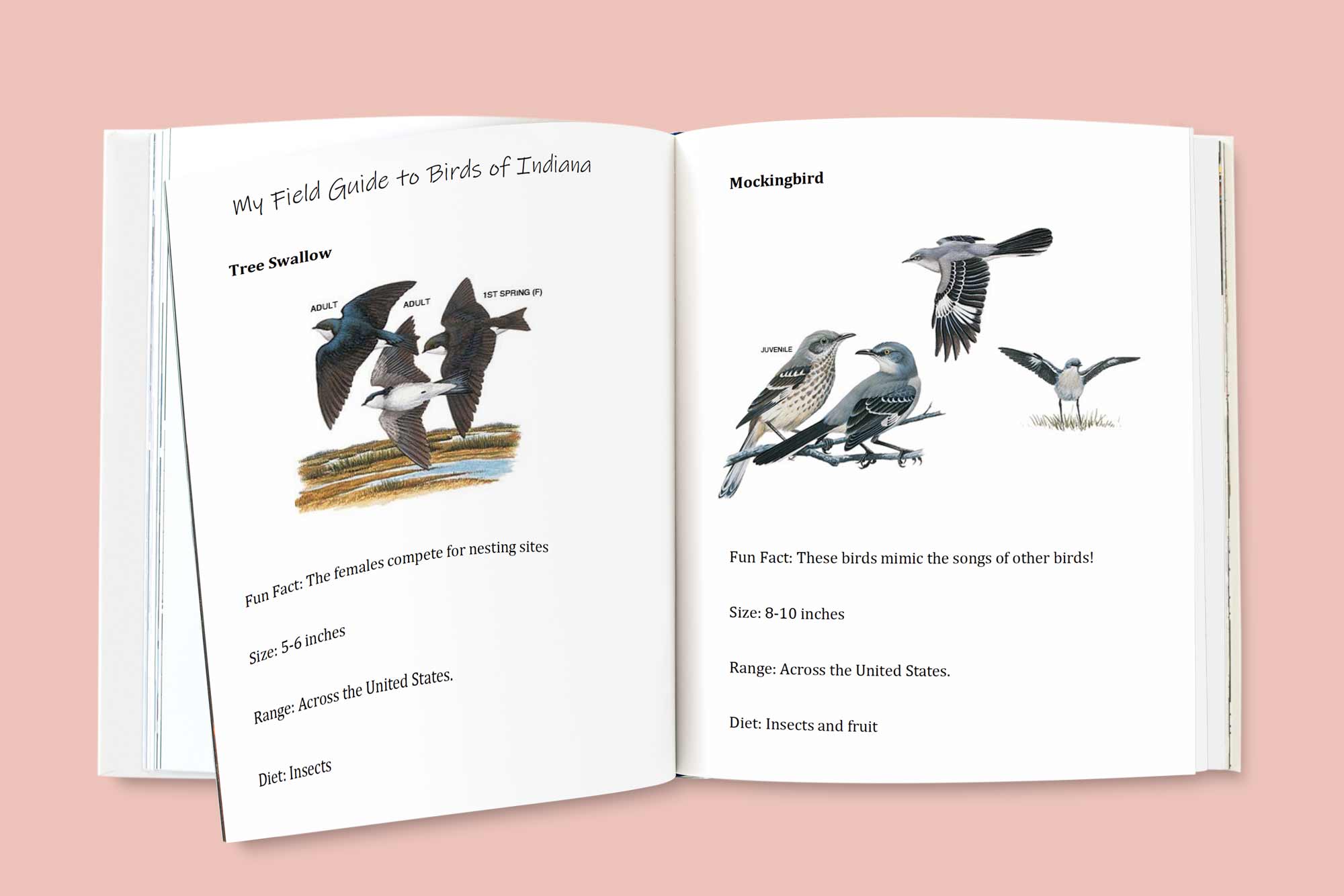
Indiana Bird Field Guide
Assemble this guide, become familiar with some local feathered friends, and then head outdoors to record the birds that you see.
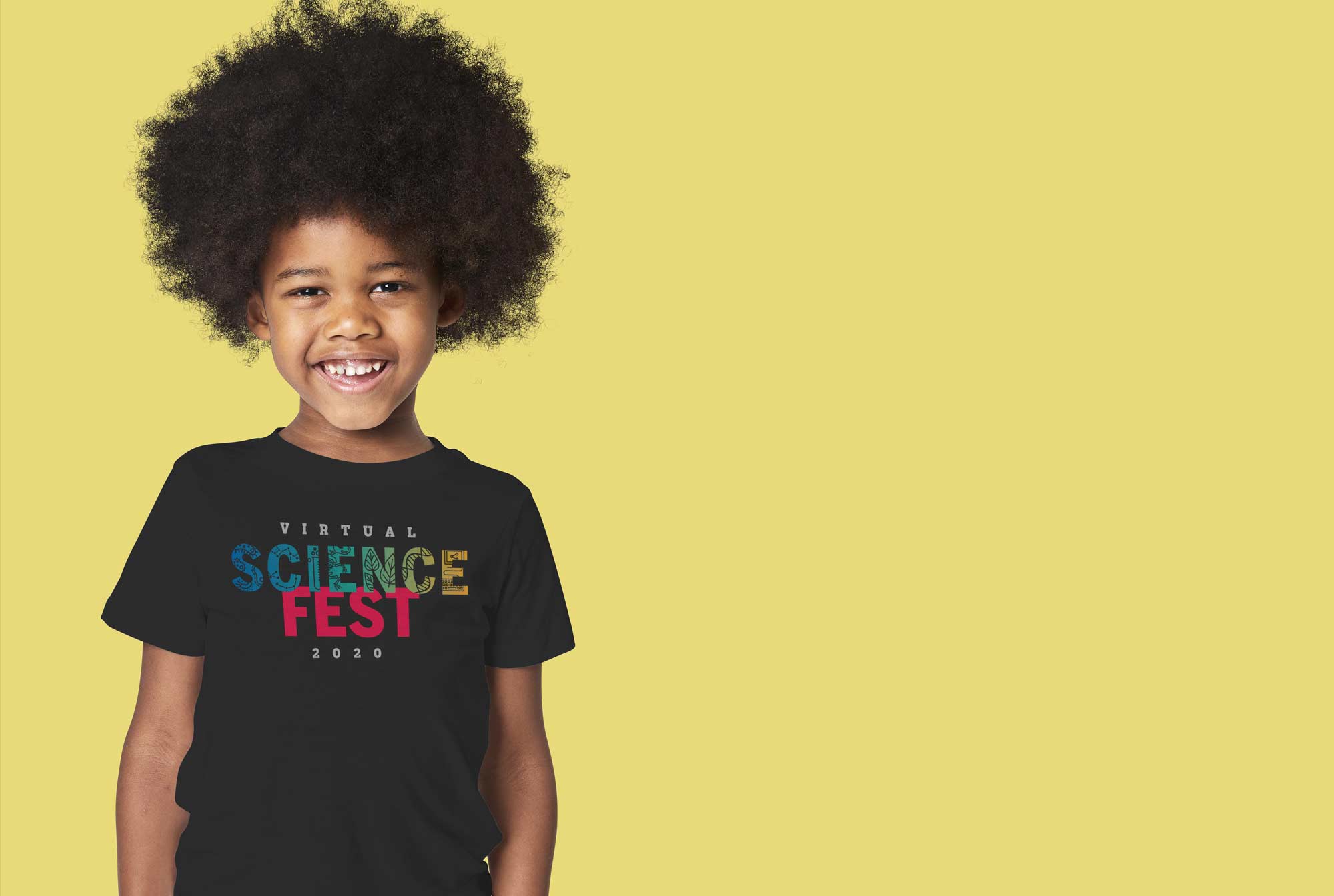
with your support
We celebrate + inspire curiosity among Hoosiers of all ages
⊕ by providing exciting hands-on experiences with science
⊕ by promoting meaningful and direct exchanges with scientists
⊕ by highlighting scientific research and teaching at IU
